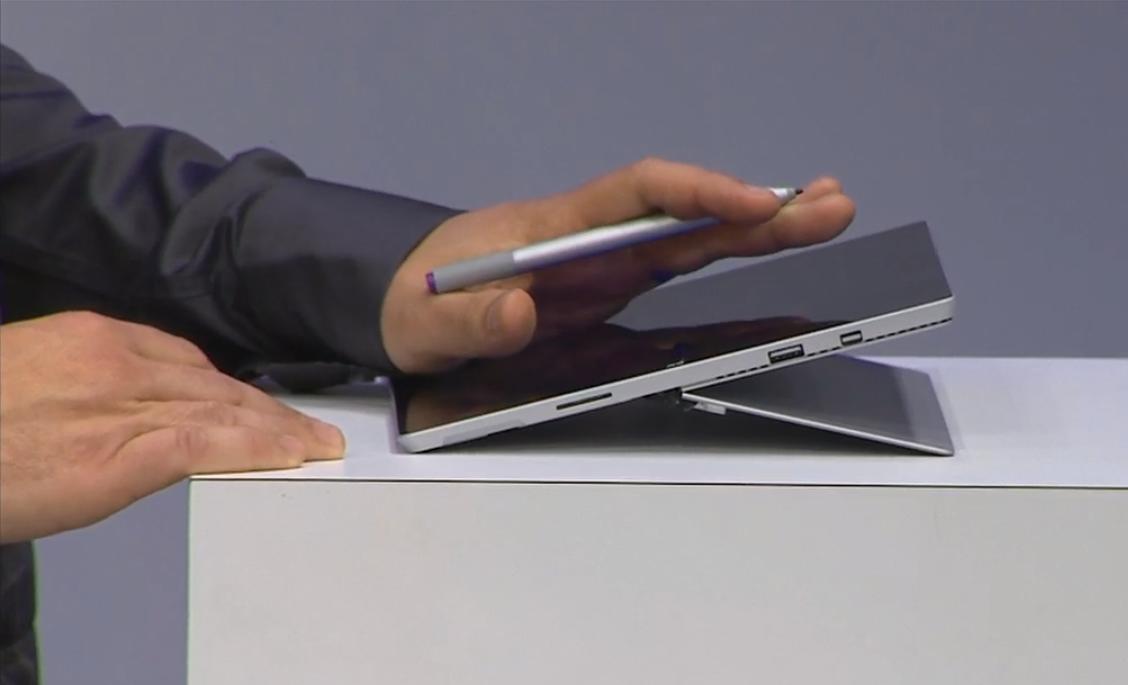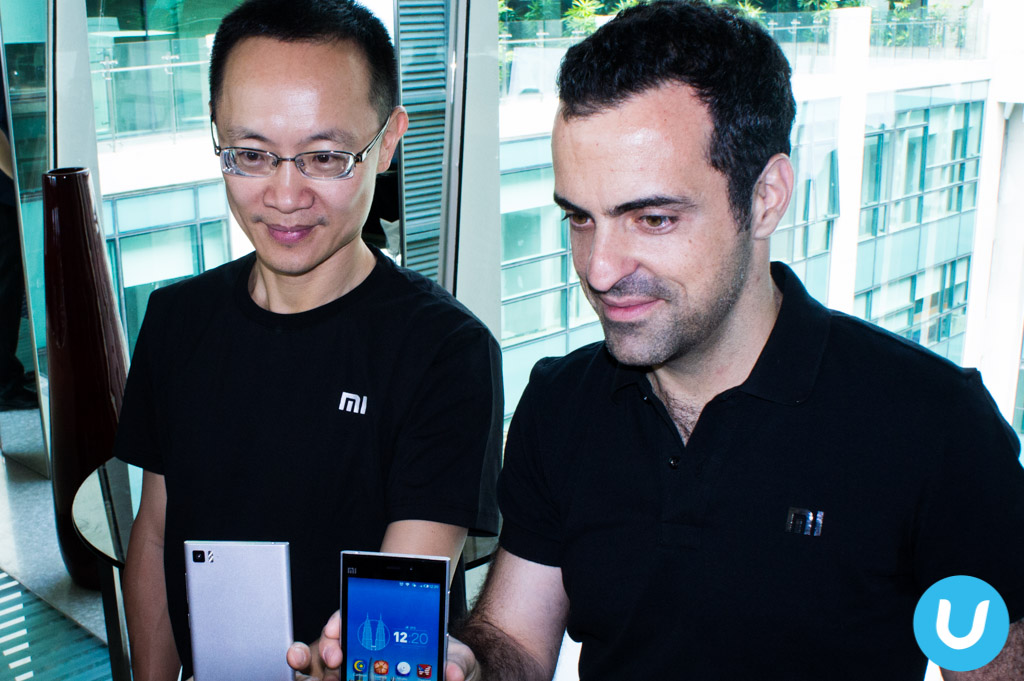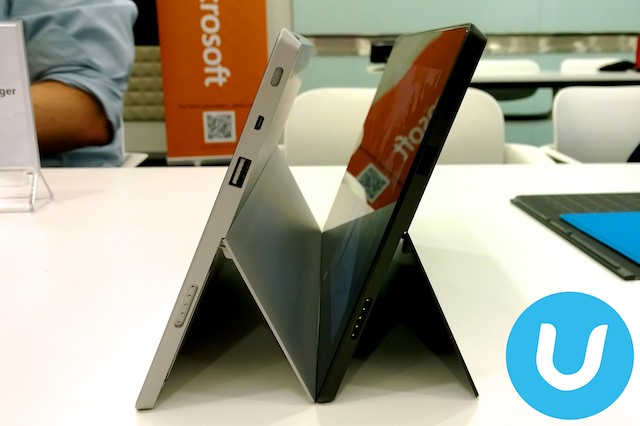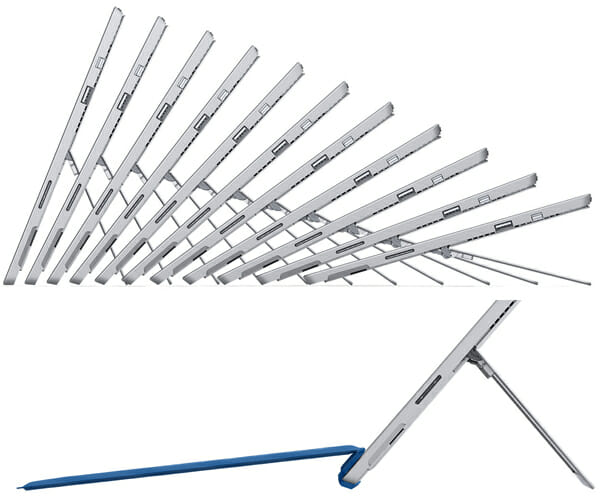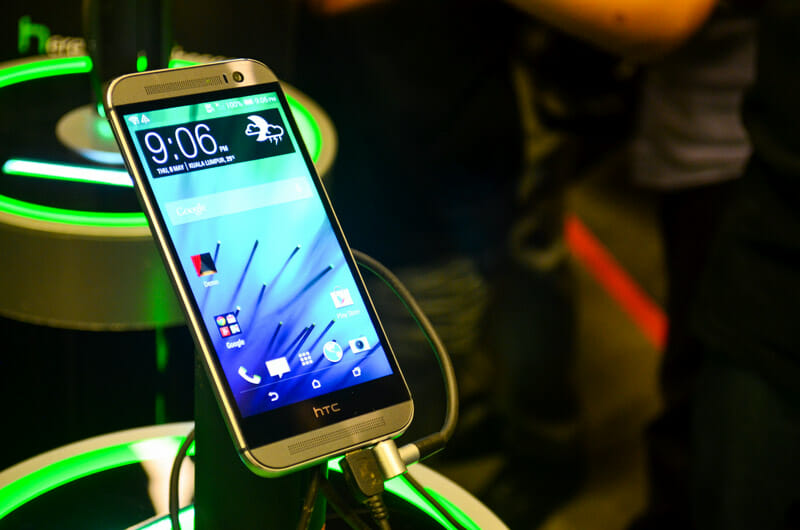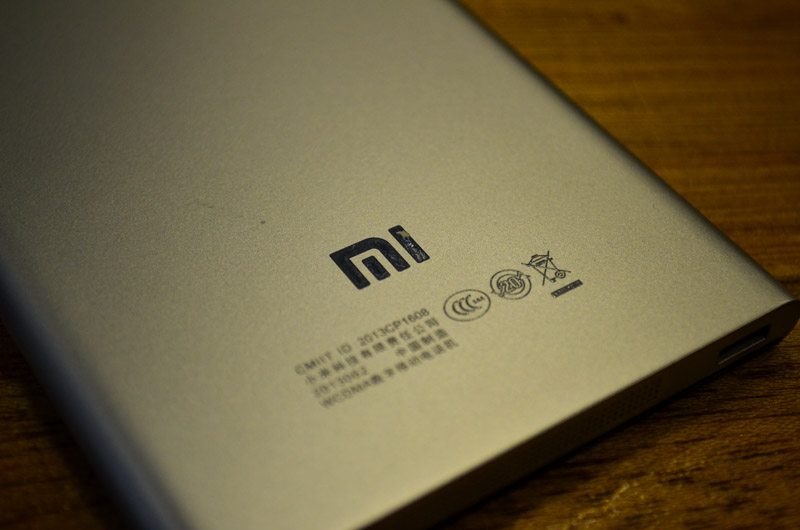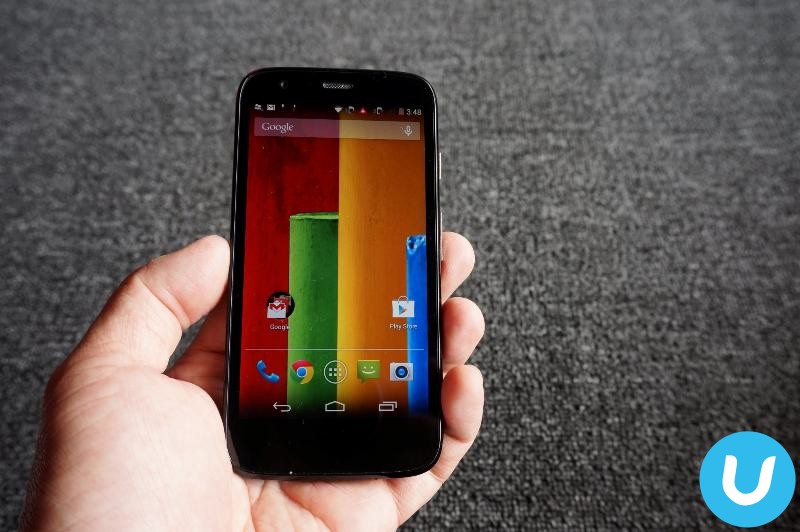All eyes were on a little known brand last week here in Malaysia, when nascent Chinese consumer electronics company Xiaomi Corporation launched its flagship smartphone, the Xiaomi Mi 3. What’s more interesting is that the company claimed to have sold 4,000 units in a mere 17 minutes!
Pretty impressive, I must say. But moving away from all that attention-grabbing news here in Malaysia last week, one headline that was slightly out of focus from the eyes of the media was the launch of Microsoft’s latest laptop-buster, the Surface Pro 3.
Barely six months after the debut of its Surface Pro 2, the Redmond, Washington-based “device and services” company as it’s now known, rolled out its next iteration of its tablet-cum-laptop at an event in New York. The Surface Pro 3 is being touted as a beautiful device that has the potential to completely replace the ultra-portable laptop segment of the market.
“I am sure that this is the tablet that can replace the laptop,” Panos Panay, Microsoft’s vice president in charge of the Surface line, was quoted as saying in CNET at the New York press event last Tuesday (May 20).
I won’t belabour you with all the nitty-gritty details of the Surface Pro as we’ve not had a chance to try it but do check out a trusted review portal for a detailed look at the device.
At the event, Microsoft’s newly minted chief executive Satya Nadella was for the first time in the spotlight trying to navigate through his first full-fledged product launch.
From what I gather of various reports, it was no easy task. The 47-year-old executive was on stage trying to convince everyone from customers, partners, analysts and the media how the ‘new’ Microsoft would balance itself at as a device maker without alienating its hardware partners as a potential competitor.
It’s a task that his predecessor, Steve Balmer, found really difficult doing. Yet Nadella has no choice as he had already set in motion his vision for the company, committed to rebranding and reengineering Microsoft as a tech giant driven by hardware, software and services.
“We are not competing with our OEMs (original equipment manufacturer) in hardware,” CNET quoted Nadella as saying. “In fact, our goal is to create new categories and spark additional demand across the entire ecosystem.”
For one analysis on what that vision means, surf here.
Version 1 and 2
One of the biggest challenges faced by the earlier iterations of the Surface tablets, IMHO, is the fact that it was neither here nor there.
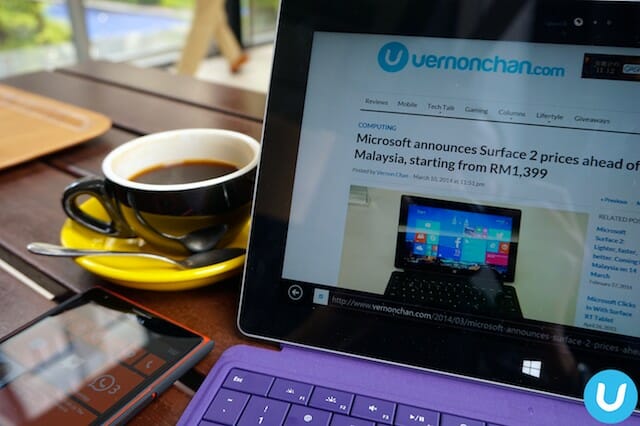
Microsoft’s original Surface Pro – featuring a full Windows 8 version and the Surface RT – a more lightweight package in terms of both hardware and software – was aimed at tackling the burgeoning iPad market, which was, and still is, the undisputed tablet leader today.
Reviews of both Surface devices were mixed at best with some notable reviewers criticising its software, especially the RT version – due in no small part to its inability to be backward compatible with existing Windows software – while giving it a general thumbs up for the hardware and build quality.
Sales of both devices were not stellar as hoped, with the Surface RT being given a bad beating in the sales figures, including a US$900 million write down.
Late last year, Microsoft introduced the Surface Pro 2 in a bid to reverse its fortunes and generally speaking, it was well received as a device by reviewers.
But despite its well-received accolades as a device, something was still missing in terms of its execution as one reviewer noted.
“The biggest problem with the Surface Pro 2, however, is the lack of a suitable high-quality scaling system within Windows 8.1 on the traditional desktop. You are stuck with either tiny text and dialogue boxes, or big text with a blurry, blown-up user interface,” wrote Samuel Gibbs of The Guardian.
“Overall, the Surface 2 is a solid device in want of a market. At some point down the road, this kind of full PC tablet device will certainly be a more appealing option, but a halfway house which is neither as good as a dedicated laptop, nor a dedicated tablet starting at US$1,200 without a keyboard is difficult to recommend right now.”
Version 3
So where does that leave the Surface 3?
The good news is that the latest iteration of Microsoft’s tablet is on the right path, according to several analysts who spoke to the media after its launch last week.
According to a Reuters report, Microsoft executives made frequent comparisons with the MacBook Air at the launch on May 20, making it clear that Apple’s lightest laptop was the device to beat.
Quoting Jack Gold of J. Gold Associates, Reuters noted, “Microsoft has concentrated on its key strength – business users who look at tablets as extensions and/or replacements for full laptop capability. It finally seems to understand it cannot go head to head with Apple’s iPad, and must offer a superior business device.”
Concurring with this view is JP Gownder of Forrester Research, who noted that one should think about the Surface Pro 3 as quite a departure from the earlier Surface models.
“With this product, Microsoft makes its best yet argument for device consolidation for the workforce, potentially allowing some workers to stop carrying separate laptop and tablet devices in favour of Pro 3,” he wrote in his blog.
And Ewan Spence of Forbes noted that Microsoft repeated phrases that included, “the tablet that can replace your laptop” and “the full power of a PC”.
“In terms of positioning and branding the Surface Pro 3 is a tablet, but at the same time Microsoft stressed that, more than any other tablet on the market, this was also a laptop replacement that offered far less compromise than any other option.”
I happen to think that Nadella has got it right this time with the Surface Pro 3, simply because it would be foolhardy to think that anyone can take on Apple’s dominance in the consumer tablet space this late in the game.
By focusing on the enterprise market, where Windows already has a huge and somewhat loyal following, it effective takes its best game to its competitors.
Rather than trying to be a tablet for consumers, the Surface Pro 3 is finally not muddling up its message; rather Microsoft is branding it essentially first as an executive replacement for the laptop, and perhaps, with the convenience of a tablet.

To me, it’s akin to how Amazon brought forth its Kindle Fire tablet – not by going up against Apple, but instead carving out a niche for itself by going after a cheaper segment of the market and selling content and services to make up for the revenue loss from selling cheaper hardware. For more on this strategy, check out this analysis I did here.
As Spence summarises, “Microsoft has chosen their battleground well. Rather than push against the rising tide of cheap consumer tablets such as the iPad Mini, Nexus 7, or Kindle Fires, Redmond has decided to pass on that battle completely and are looking to those who still want to buy a laptop, who still need that flexibility in their lives, and who need the management and cloud services that Microsoft offers.
The questions that remain are: Will the market see this plan and how will it react to it?
And will this all translate to better sales?
Image credit: PC Advisor UK, DigitalTrends.com, ExtremeTech.com, DailyTech


